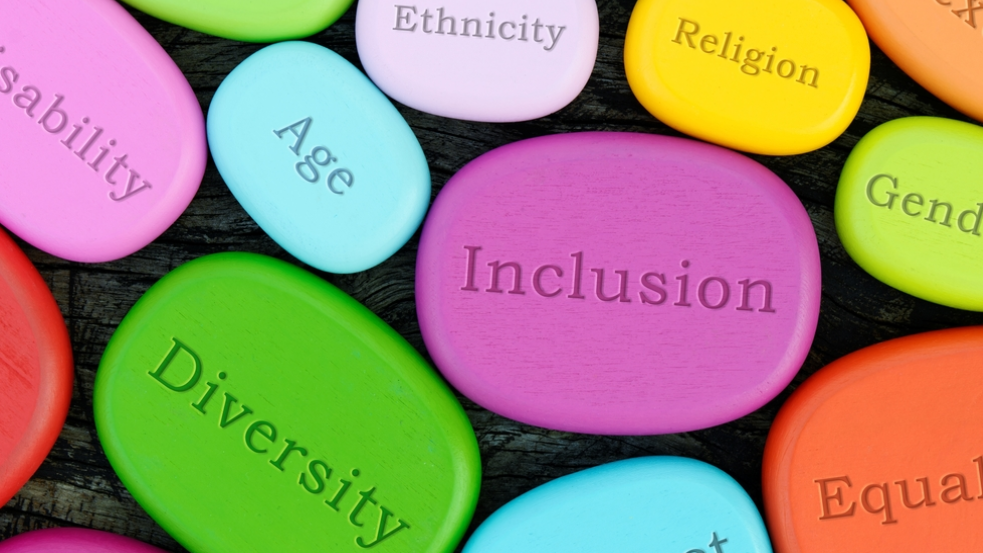Harassment filings have increased over 50% from last year, according to a recent report by the U.S. Equal Employment Opportunity Commission (EEOC). At times, tackling harassment in the workplace can feel impossible. But the truth is, it’s achievable.
Leaders can’t ignore the importance of creating a culture to prevent harassment. They must address high turnover and low employee engagement, as well as the potential for costly lawsuits and significant damage to the company's reputation. Building this type of workplace requires commitment from the frontline to the C-suite. Leadership must practice what they preach and act as role models. Employees need to feel supported and safe when reporting harassment incidents, contributing to creating a culture that actively discourages inappropriate behavior within their team.
Setting intentions and taking the appropriate steps to educate leaders and employees will facilitate culture change. Effective learning will help employees value the talents, experiences, and contributions of others across a range of identities and backgrounds to create an inclusive and safe workplace.
Understanding harassment
The EEOC defines harassment as unwelcome conduct based on a person’s protected status that alters the victim’s employment conditions. It can range from unsolicited comments to physical assault. Whether the victim submits to or rejects the conduct, it is still considered harassment.
Harassment can take many different forms. All forms are illegal and are not acceptable or tolerable. Below are some common forms of harassment that occur in the workplace:
- Ageism is bias and discrimination towards someone based on their age.
- Disability harassment refers to unfavorable treatment or harassment of employees with a physical or mental disability or disease. It includes acts like using slurs, making inappropriate jokes, or excluding employees from work functions.
- Discriminatory harassment involves unwelcome, offensive, and negative behavior or intentions toward an individual or group based on membership in a legally protected class (such as women, older workers, people with disabilities, or minorities).
- Power harassment involves a superior who uses their power to harass subordinates.
- Racial harassment is discrimination and prejudice against an employee based on their race or ethnicity.
- Sexual harassment encompasses unwelcome and offensive comments, unwanted physical advances, and requests for sexual favors.
- Third-Party Harassment is harassment, including discrimination, cyberbullying, sexual harassment, etc from outside the organization, such as a client or vendor.
According to the Equality and Human Rights Commission, the impact of harassment damages the mental and physical health of individuals. It directly affects both their personal and professional life. In turn, this hurts workplace culture and productivity. Further, ineffective responses to harassment incidents compound the impact on the victim.
Communicating policies and expectations
All organizations must have a written and comprehensive anti-harassment policy that clearly defines what constitutes harassment, along with examples. It should note the proper procedures for employees to report incidents, the investigation process, and disciplinary actions. The policy should outline protection details for the victim and whistleblower. It’s imperative to stress the sensitivity and confidentiality of all reported incidents.
Communicating the anti-harassment policy and expectations is key. Not only should the written policy be shared annually or whenever updates to the policy occur, but leaders need to practice and encourage respectful, open communication.
Leading by example
All leaders are legally obligated to create and maintain a workplace free from harassment. It includes proactive measures to prevent harassment, such as implementing anti-harassment policies, providing training, and promptly addressing reported incidents.
HR leaders must investigate complaints thoroughly in compliance with anti-discrimination laws and regulations. They must immediately take appropriate corrective action. It is critical to prevent any potential retaliation against employees who report harassment.
Fostering a psychologically safe environment for reporting harassment is necessary to stop it. It’s not an easy task and not one that HR can take on alone. It takes support from the top to help drive change. The C-suite must voice and demonstrate the desire for a harassment-free culture. They should ensure the company’s core values, goals, and actions align. Then and only then will it become embedded in the organization at all levels.
Clear communication across the entire organization and a cross-section of employees supporting the initiative is first and foremost. It needs to be strategic, ongoing, and across multiple channels. This will ensure the message reaches all employees. Effective strategies range from one-way (e.g., newsletters, email, posts to shared online channels, etc.) to two-way approaches (one-on-ones, town hall meetings, etc.).
Ongoing anti-harassment training for leaders and employees is critical. Effective people leaders must make every effort to increase their DEI awareness across a wide range of topics. These concepts include psychological safety, gender and identity inclusion, race in the workplace, generational and cultural differences, and mitigating unconscious bias.
Consistent employee anti-harassment training helps employees feel safe, respected, and supported. Everyone understands misconduct will not be tolerated and violators will be held accountable for their actions. It also allows employees to feel comfortable reporting any wrongdoings by assuring protection from retaliation.
Creating a supportive and inclusive environment
Prioritizing inclusive leadership and a strong DEI culture with self-awareness and open-mindedness is essential to a harmonious workplace.
When leaders are mindful of their hiring practices, promotion guidelines, and delegation of high-profile assignments, they set an example for others to follow suit. Empowering underrepresented groups through onboarding and advancement will enforce this effort.
Striving to understand and feel compassion for those whose experiences differ is the foundation for all DEI efforts. It enables belonging to be fostered across the organization. Encourage open dialogue infused with continuous educational opportunities around topics like inclusivity, allyship, and unconscious bias to guide employees from awareness to action along your organization’s DEI journey.
We’re here to help
Creating a supportive and inclusive culture will help employees feel valued, empowered, and engaged. It will, in turn, improve creativity, innovation, and productivity. They’ll feel comfortable bringing their authentic selves to work. A proactive culture supports employees with anti-harassment training that holistically fosters an inclusive, respectful, and diverse environment. It will help organizations identify and address incidents well before they cause a toxic workplace.
Elevate your commitment to building diversity, equity, and belonging by fostering inclusive leadership within your organization. At Blue Ocean Brain, we provide a wealth of dynamic, research-backed resources to empower your team to broaden their horizons, build empathy, and cultivate a high-performing culture firmly rooted in anti-harassment and inclusion. Learn more at blueoceanbrain.com.



![[New eBook] Solving the Talent Crisis with Talent Development](https://blog.blueoceanbrain.com/hs-fs/hubfs/how-to-solve-the-talent-crisis.png?width=760&name=how-to-solve-the-talent-crisis.png)
